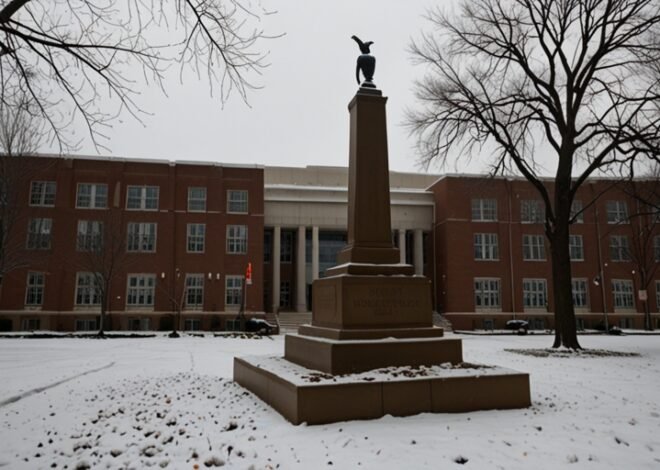
Controversial Urban Development Plan Sparks Debate in Lexington
An urban development plan for downtown Lexington has recently been put forth and has raised a lot of controversy among the citizens, the businessmen and the city authorities. The Urban County Council has presented the so-called “Lexington 2040 Vision” that provides for the further development of the city center with the construction of new high-rise residential buildings, the development of public transportation and pedestrian zones.
But the plan has received a divided response with some people describing it as a crucial move for the development of Lexington while others have expressed concerns regarding the adverse effects on the character of the city and the communities that are already established.
The most important concept of the Lexington 2040 Vision is to increase downtown density dramatically. The plan includes several high-rise mixed-use buildings with some of them to be built with 30 floors or more. Advocates of this vertical expansion claim that this is necessary in order to meet the population density of Lexington without having to encroach on the surrounding agricultural lands and other open spaces. They cite Nashville and Austin as examples of how urban densification can be done right in the future of Lexington.
But the idea of the construction of new tall buildings in Lexington has raised concerns among the preservationists and the old timers who are concerned with the loss of the historical look of the city. The Bluegrass Trust for Historic Preservation has expressed concerns about the effects that it may have on the preserved historical districts and the views of the horse farms. We are not against the development; that is for sure,” said Emily Harrington, a spokesperson for the Trust, “but we have to protect the character of Lexington. ”
Another major issue of the plan is the reform of the city’s transportation system. The vision also entails the construction of light rail from downtown to the university of Kentucky and other neighborhoods around the city and the pedestrianization of some streets in downtown.
Some of the advantages include better public transport systems and increased walking space while some of the disadvantages include traffic congestion and its effects on business during construction.
The plan has also brought back concerns on the issue of gentrification and affordable housing. While the 2040 Vision does allow for a certain number of affordable housing units to be built in new developments, opponents of the plan say that it does not do enough to prevent displacement of at-risk populations. Local advocacy organizations have rallied and staged demonstrations to push for stronger measures for preserving the rights of original inhabitants and small businesses.
The business community has also given the plan a rather polarized response. The Lexington Chamber of Commerce has cautiously supported the vision considering it as a chance to bring new businesses and young people to the city. But some of the small business people in the affected areas are concerned that increasing rent charges and shifts in the area demographics may push them out.
Environmental issues have also been discussed in the debate. However, critics from the environmentalist groups say that the proposed plan may lead to pollution and put more pressure on natural resources since the development focuses on urbanization.
While people continue to argue about it, city officials are in the process of meeting the people’s concerns and improving the plan. A number of public meetings have been planned to get the feedback and the Urban County Council has assured that the feedback will be incorporated in the final draft of the Lexington 2040 Vision.
The conflict over the urban development plan shows the issues of the mid-sized cities like Lexington which try to combine the development with the maintenance of the city’s identity. While the city continues to work towards the vision for the future, it is imperative that a solution that will be acceptable to all involved is reached in order for the plan to go through and for the future of Lexington.


